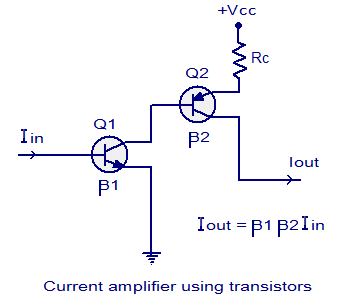MisterBeppe
Junior Member level 2
Hi, since I aim to boost the output of a circuit based on a ne555 (a sawtooth generator), I ended up with the following schematic:
**broken link removed**
which is able to give me the following output:
**broken link removed**
As you can notice from the schematic and from the output, I aim to achieve a sawtooth waveform which goes from 9 to 14 volt, and with a max current of 3000mA (I choosed the BD441 which is able to provide a max current of 4000mA, also in "emitter-follower" configuration, just to boost the signal).
However I have some doubts about the value of R2, which seems too much high, but I've found that this is the better value to get the showed output.
Can I do it better or in a different way?
p.s: I doesn't need to do anything of specific; I'm just playing and experiment with signal generators, for didactical reasons, and the reason of this circuit is to better learn some aspects about the amplification of signals.
Many Thanks.
**broken link removed**
which is able to give me the following output:
**broken link removed**
As you can notice from the schematic and from the output, I aim to achieve a sawtooth waveform which goes from 9 to 14 volt, and with a max current of 3000mA (I choosed the BD441 which is able to provide a max current of 4000mA, also in "emitter-follower" configuration, just to boost the signal).
However I have some doubts about the value of R2, which seems too much high, but I've found that this is the better value to get the showed output.
Can I do it better or in a different way?
p.s: I doesn't need to do anything of specific; I'm just playing and experiment with signal generators, for didactical reasons, and the reason of this circuit is to better learn some aspects about the amplification of signals.
Many Thanks.
